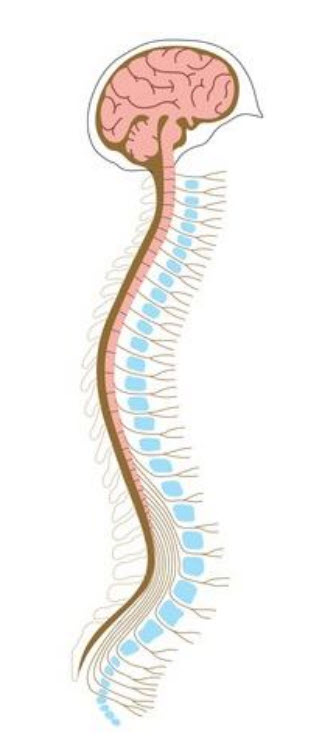Why Curves Are Crucial – The Role of Arches in Spinal Health

Arches aren't just visually appealing; they're structurally vital, providing strength and stability that's hard to match. From the majestic arches in cathedrals and bridges to the robust tunnels and roads, their design is pivotal in construction. But did you know that some of the most critical arches exist right within us? Yes, in our spines!
Our spine is engineered with three natural arch-like curves that work wonders. They don’t just make us sturdy; they protect us, support movement, and keep us upright. Interestingly, despite their importance, many health experts overlook these spinal curves, focusing more on treating diseases than preventing them. Here’s why these spinal curves deserve more attention:
Communication Highway: Our spine is like a busy telecom line, sending messages back and forth between the brain and the body. When everything's aligned, this communication is crystal clear, ensuring that our bodies function seamlessly.
Shock Absorbers: Imagine the spine as a series of 24 movable vertebrae, cushioned by discs that act like mini shock absorbers. This setup not only protects the spinal cord but also ensures that all the spinal nerves can do their job without any hiccups.
Force Resistor: Our spine is built to withstand forces that pull and push us around during our daily activities. A well-aligned spine, with its curves intact, can dramatically reduce the wear and tear on our bodies, enhancing spinal strength more than fivefold.
Movement Enabler: Thanks to the spine's structure, including those jelly-like discs between each vertebra, we can move freely—twisting, bending, and turning in all directions. This flexibility is essential, whether we’re sprinting to catch a bus or dancing the night away.
A 2013 study highlighted how a lack of proper spinal curvature, particularly in the neck, can lead to a range of problems like neck pain, neurological issues, and even restricted blood flow to the spinal cord. The common denominator? A flattened spinal arch.
The implications of spinal misalignment are vast, impacting our life quality both short and long term, often trapping individuals in a cycle of medication and frequent doctor visits. Chiropractors, with their evidence-based approach, focus on correcting these misalignments through adjustments, aiming to restore natural spinal shapes and alleviate pressure on the nervous system.
Chiropractic care isn’t just about fixing problems; it’s about preventing them. Just like how unnoticed issues like high blood pressure or cavities can wreak havoc if ignored, spinal health can deteriorate silently. Chiropractors work to nip these spinal issues in the bud, maintaining proper alignment and ensuring our nervous system operates without interference.
In essence, better health starts with better spinal care, free from the reliance on medications or invasive surgeries. It's about living well, pain-free, and with full mobility. And that’s a curve worth maintaining!
Journal of Neurosurgery. Spine June 2013
“Relationship between degree of focal kyphosis correction and neurological outcomes for patients undergoing cervical deformity correction
surgery.” MJ Grosso, R Hwang, T Mroz, E Benzel MP Steinmetz
